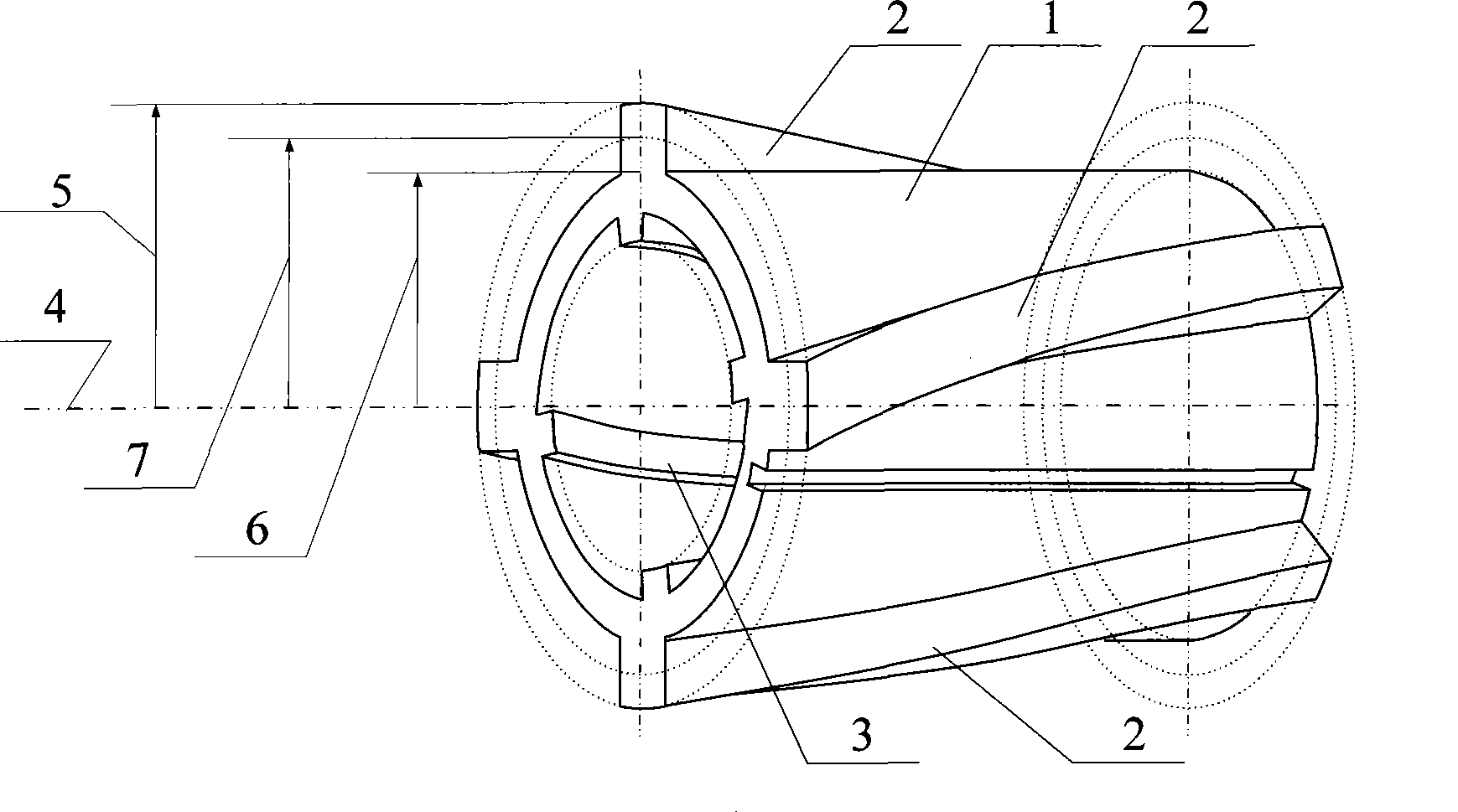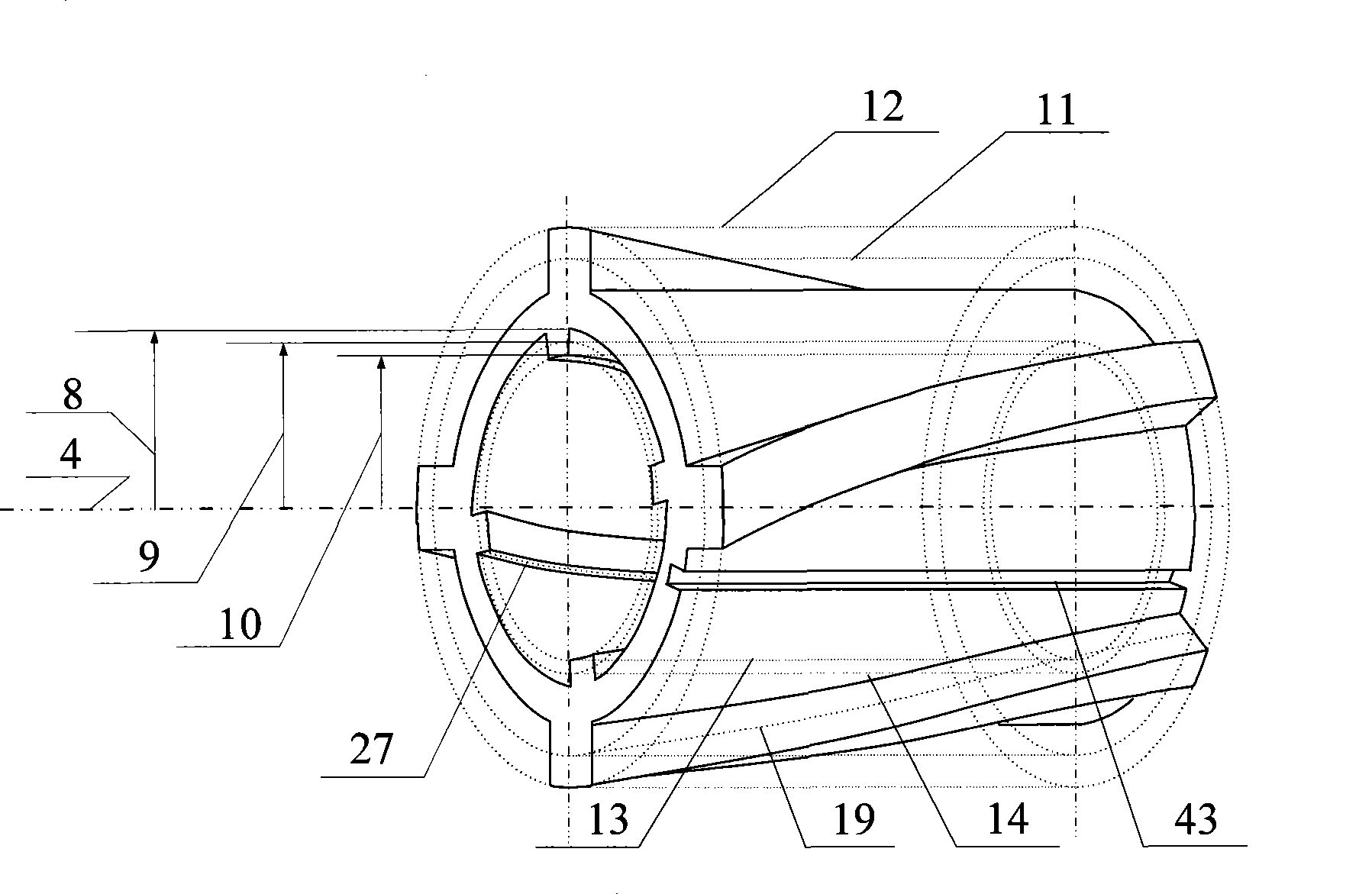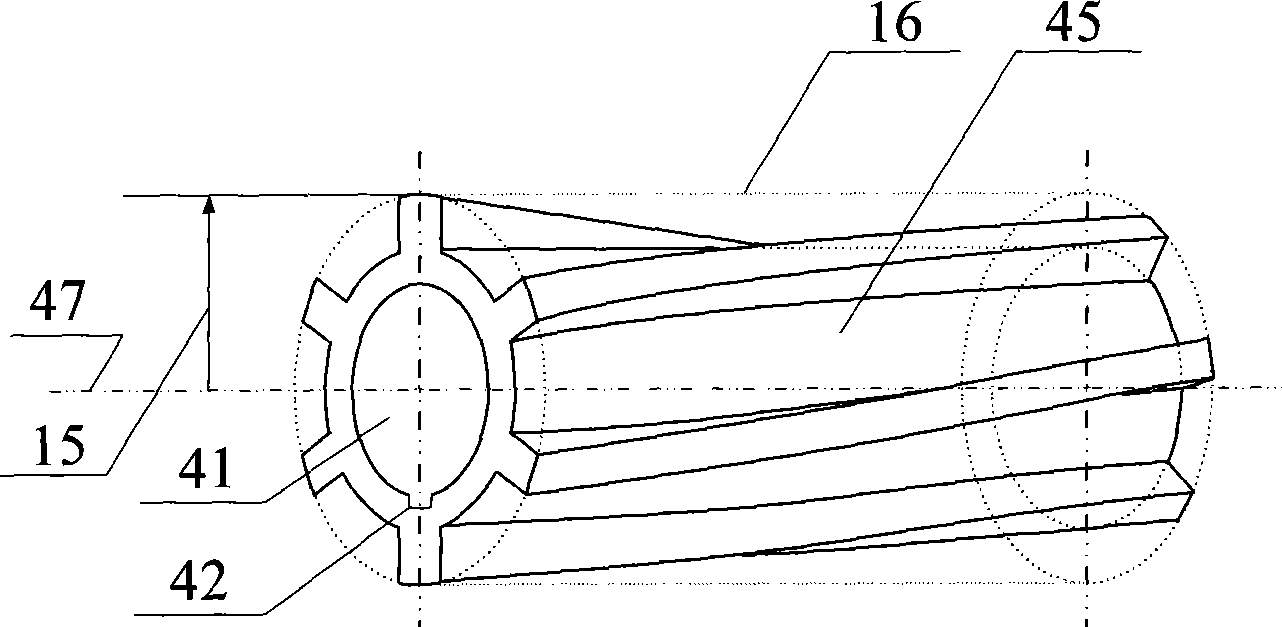Self-wind cooled rotor double-stator magneto resistance genus motor
A dual stator and rotor technology, applied in the direction of cooling/ventilation devices, electric components, electrical components, etc., can solve the problems of stator and rotor temperature rise, motor failure to operate, and affect the life of windings, etc., to reduce volume and weight, reduce heat dissipation The effect of area and optimized size
- Summary
- Abstract
- Description
- Claims
- Application Information
AI Technical Summary
Problems solved by technology
Method used
Image
Examples
Embodiment Construction
[0028] specific implementation plan
[0029] Taking the double salient pole motor as an example, since the rotor of the double salient pole motor has only salient pole teeth and cogging slots without windings, the present invention proposes the use of salient pole teeth and teeth Due to the structural characteristics of the groove, the salient pole teeth of the rotor of the double salient pole motor are designed as the blade structure shape of the axial flow fan, so that when the rotor rotates, the air around one end (intake end) of the rotor can be sucked into the tooth slot of the motor rotor, and then It goes out from the other end of the rotor (outlet end), and directly takes away the heat generated by the motor rotor to cool the motor. In order to achieve this purpose, the shape of the salient pole teeth of the rotor can be designed according to the working principle of the blades of the axial flow fan.
[0030] figure 1 and figure 2 The rotor structure diagram of the...
PUM
 Login to View More
Login to View More Abstract
Description
Claims
Application Information
 Login to View More
Login to View More - R&D Engineer
- R&D Manager
- IP Professional
- Industry Leading Data Capabilities
- Powerful AI technology
- Patent DNA Extraction
Browse by: Latest US Patents, China's latest patents, Technical Efficacy Thesaurus, Application Domain, Technology Topic, Popular Technical Reports.
© 2024 PatSnap. All rights reserved.Legal|Privacy policy|Modern Slavery Act Transparency Statement|Sitemap|About US| Contact US: help@patsnap.com










